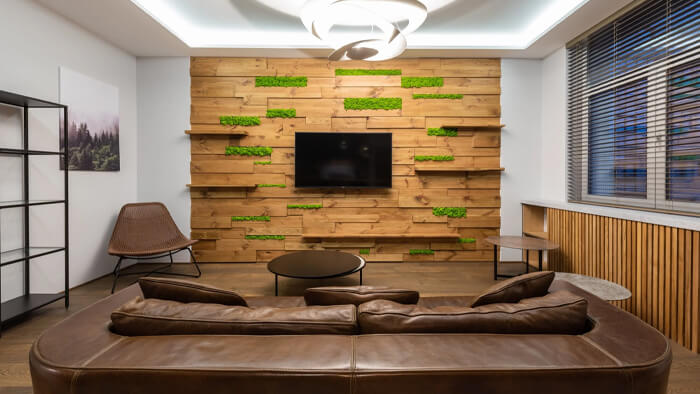
How Much Space Do You Really Need? Could You Live in a Tiny Home?
By Steve Lee Posted 6/30/2021 in LIFESTYLE
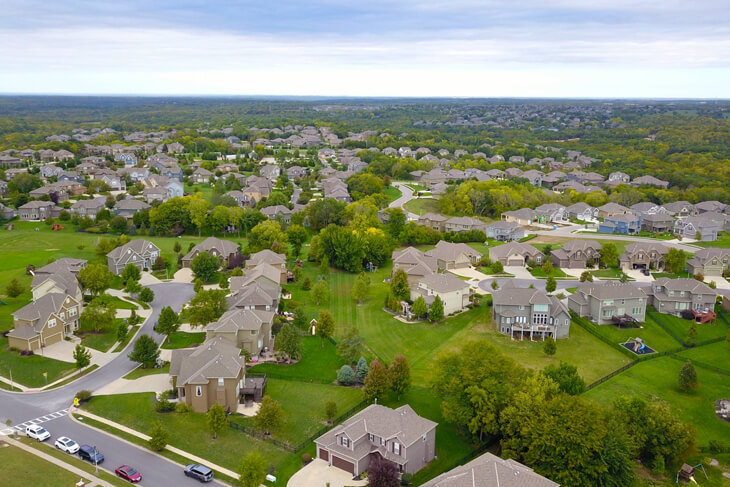
Over the past century, the progression of larger homes being built in the United States has increased. Although it may be reasonable to assume it is due to the land size in America, it is not really the case. Russia also has a large landmass, but those families still tend to live in homes smaller than 540 square feet. Compare that to the median home size of about 2,687 square feet in the United States. But how much space do you really need? Does tiny home living appeal to you?
Tiny homes have become more popular over the last several years, at least in certain areas of the United States. Tiny homes are on trend for multiple reasons. Could you live in one?
What Is a Tiny Home?
The American Tiny House Association defines a tiny home as a dwelling of 400 square feet or less. Anything larger is considered a small house, which is any home sized between 400 to 1,000 square feet. It might be difficult to think about living in a home barely the size of a college dorm room, but the smallest tiny homes are only about 80 square feet.
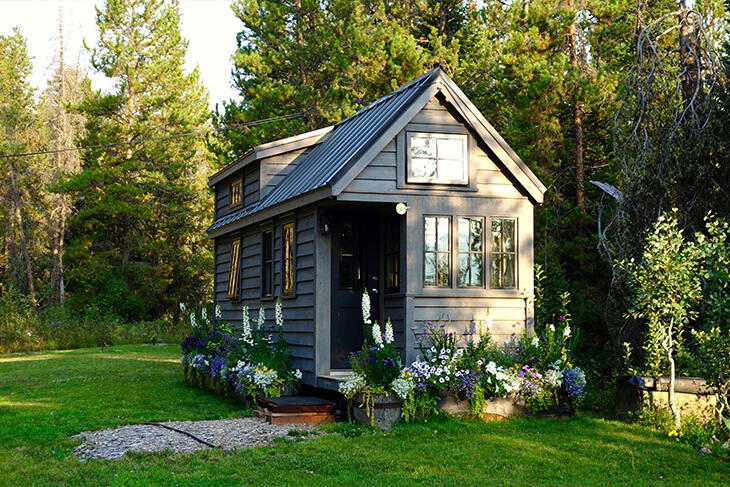
The tiny home movement began in the 1970s as a countercultural movement of the “greed is good” mindset. It is estimated that there are about 10,000 tiny homes in North America, with about 700 being built each year. Some people who enjoy the tiny home lifestyle also tend to live off the grid, so that figure may be low.
Why Do People Desire to Live in a Tiny Home?
Tiny homes are often thought to be a solution to chronic homelessness, largely due to their affordability. A tiny home averages $150 per square foot. While this is much more than the $114 per square foot for the average home, the square footage is so much less that it is still very affordable. Tiny homes are built-to-order and usually personalized. Smaller price tags equate to a lower interest rate. It is estimated that 68% of tiny home owners do not have a mortgage. Nationally, about 29.3% of all U.S. homeowners do not have mortgages.
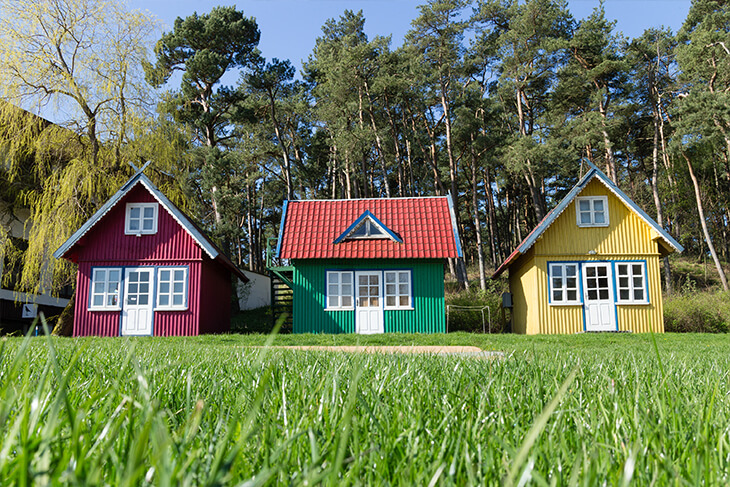
——— ADVERTISEMENT – CONTINUE READING BELOW ———

Affordability Beyond the Mortgage
Owners of tiny homes usually have a different mentality than the rest of society. Almost 90% of tiny house owners carry less credit card debt and have more money in savings than most people. They also tend to save more toward retirement than the average person. Of course, utility costs are less expensive in a tiny home, which allows for even more savings.

Smaller Carbon Footprint
In the early days of tiny homes, the culture was about getting back to nature and enjoying the simple life. Those who buy tiny homes are typically more environmentally conscious than others. It’s not just about using less water or electricity. Less freezer and fridge space are available in a tiny home, making it necessary to rely on fresh foods instead of pre-packaged or frozen.
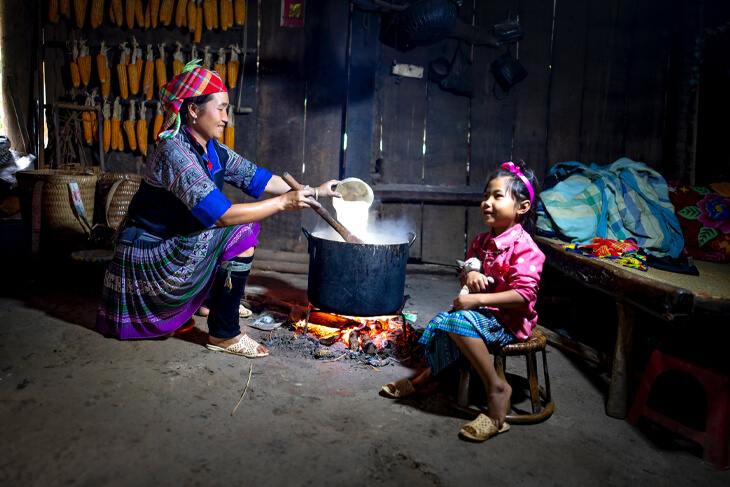
It is also more affordable to install solar panels on a tiny home. These houses emit less greenhouse gases than traditional homes. Every appliance placed in a tiny home is methodical. From small cooktops to washer and dryer combos, everything should be small and energy efficient.
Get Back into Nature
The most popular locations for tiny homes are in warm and temperate climates. The interior of the tiny home is small, which means many people use the outdoors as part of their living space. An outdoor patio or dining space adds extra square footage for indoor/outdoor living.
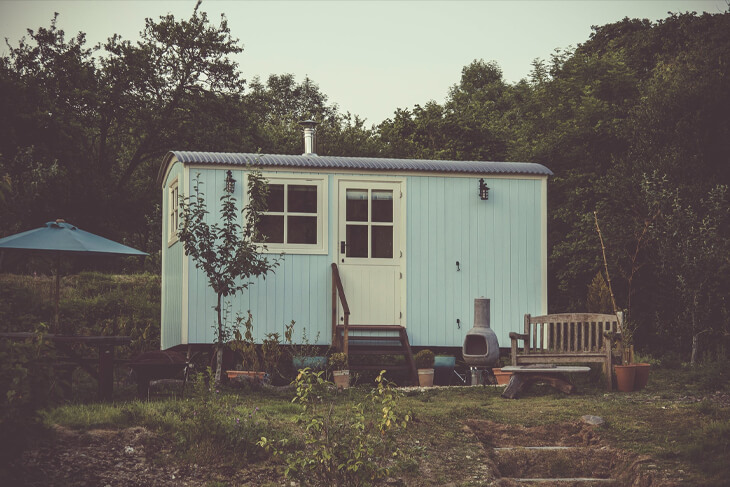
The Tiny Life Gives You More Opportunities for Adventure
A tiny home is easier and faster to clean, and the cost of upkeep is far less than that of larger homes. Tiny homes are not typically built on a foundation, so they are transportable. This is an appealing factor to most tiny home buyers. If a an owner decides to move back into a traditional home, the tiny home can easily be repurposed as a guest house, home office, or even rental property.
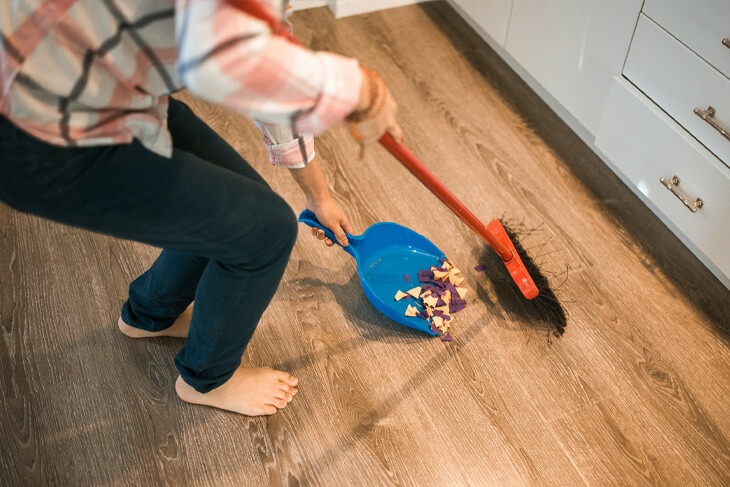
Do Tiny Homes Appreciate? Can You Resell Them?
The tiny home movement has been driven, in part, because of the rising costs of houses. Homes in America are considered an asset as much as a living space. The future of the tiny home market is uncertain because the market is relatively new. They may appreciate in value as they become more popular, but they are usually personalized to the family who lives in them. Many people build their own tiny home based on their individual lifestyle, making it difficult to resell in the long run.
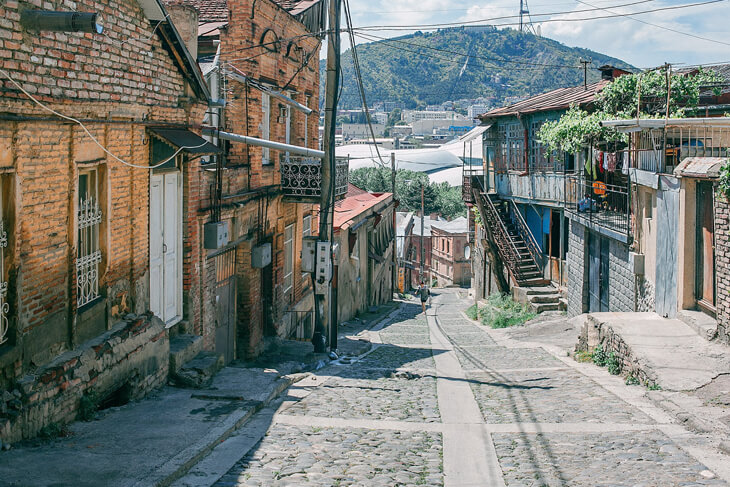
One other problem that has been noted with tiny homes is that some cities have codes against them. The codes are to prevent slum landlords from taking advantage of renters, in most cases, but they can also make finding land space difficult. This certainly affects resale value and appreciation of tiny homes.
Some economists expect the tiny home market to expand, especially as more people move to rural areas. As the market becomes more predictable, tiny homes could become even more popular. Another thing to consider is that tiny homes may be difficult to mortgage because they could be a risk for the lender.
Could You Live in a Tiny Home?
You must factor in your lifestyle to know whether tiny home living is for you. Tiny homes are specifically designed for one or two residents. Privacy is limited in a small space, so being comfortable with a partner in tight living quarters is a must. If you have furniture or items that will not fit in a tiny home, be prepared to spend more money for storage space. Don’t forget the importance of placing a tiny home in a location with access to power and water.
The movement is on trend. Retiring baby boomers are buying tiny homes to downsize and reduce expenses in their golden years. Boomers want the flexibility and simpler life of a tiny home.
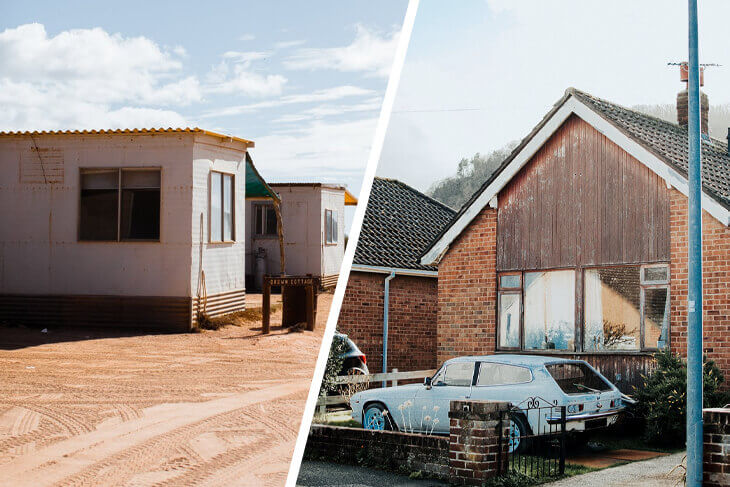
Millennials are viewing tiny homes as a way to own their own home in a market that has priced them out. It’s a steppingstone to a conventional home. As Gen Z gets older and wants their own space, they too may embrace the tiny home movement.
Even though tiny homes are currently a small segment of the real estate market, they are becoming more popular for all generations.
If you have done your research and have decided to purchase a tiny home, enjoy your new adventure!











